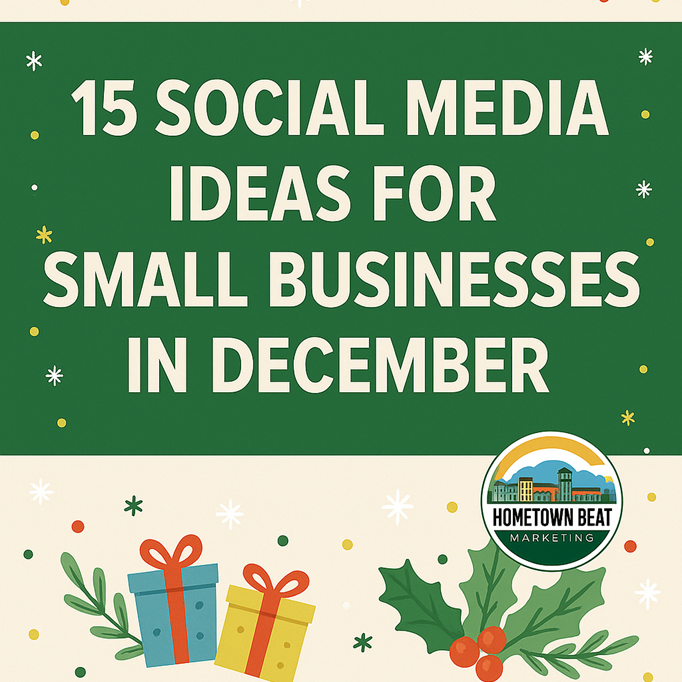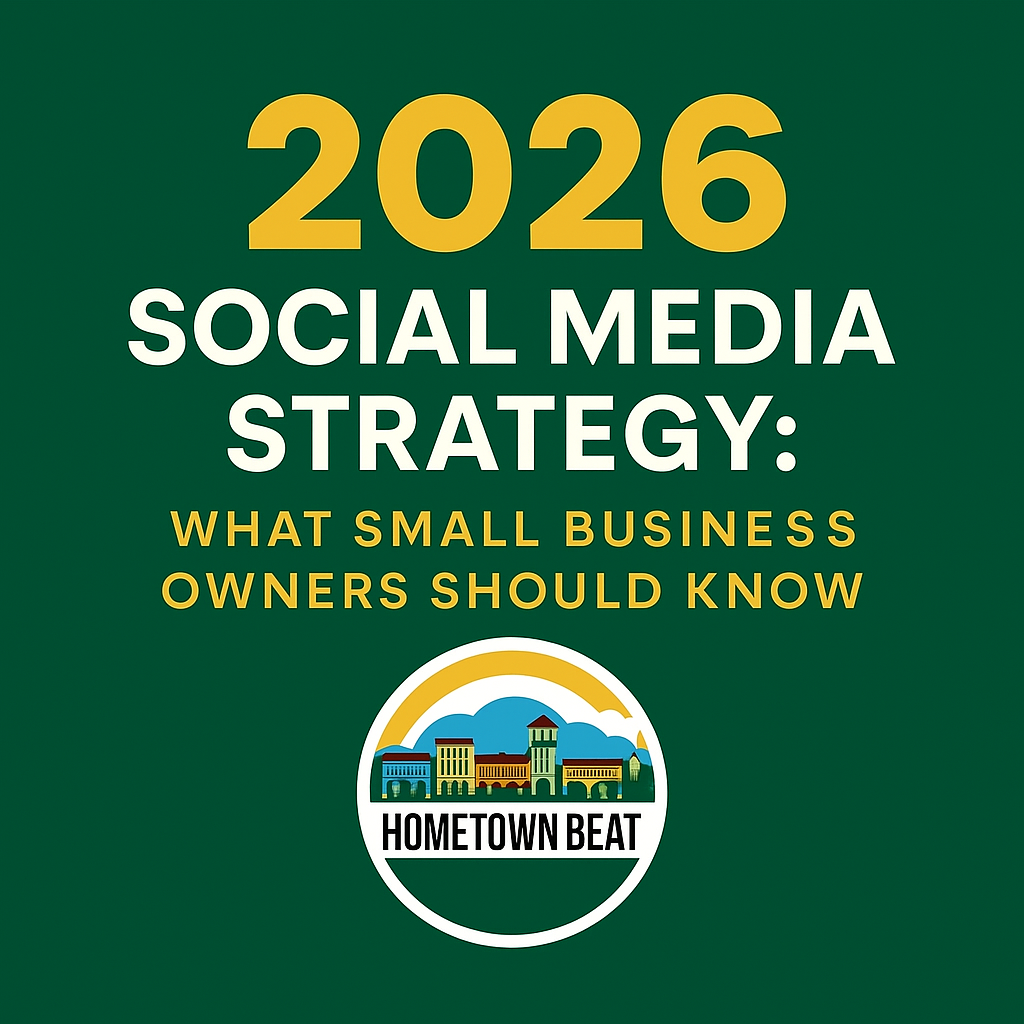5 B2B content types AI search engines love


AI search is evolving fast, but early patterns are emerging.
In our B2B client work, we’ve seen specific types of content consistently surface in LLM-driven results.
This article breaks down five content types gaining notable AI search visibility , what makes them effective, and how to optimize them for LLM discovery:
- Comparison pages.
- Integration docs/open APIs.
- Use case hubs.
- Thought leadership on external platforms.
- Product docs with schema.
1. Comparison pages
Our analysis shows that Gemini frequently surfaces “X vs. Y” content in AI Overviews and AI Mode – even when the query doesn’t ask explicitly for the comparison.

What to include
- Publish /vs/ pages with pros, cons, pricing, use case match, and schema.
- Do this for any competitors that bring in a decent volume of comparison queries, along with any comparisons that are easily related to your product or service.
2. Integration docs/open APIs
Our analysis has provided numerous instances of GPTs and Copilot citing SaaS APIs and dev docs in answers.
Example
- A ChatGPT prompt for “setting up span metrics for backend services” cited a docs page from performance monitoring company Sentry in a list of best practices.

What to include
- Maintain clear documentation + changelogs with versioning and schema.
3. Use case hubs
We’ve seen clear indicators that AI Search prefers content that ties features to real business problems.
Example
- Vanta’s SOC 2 compliance resource appears prominently in a ChatGPT answer to “SOC 2 compliance automation for startups.”

What to include
- Build intent-driven use case pages with testimonials and product mapping.
4. Thought leadership on external platforms
LLMs pick up posts from company experts, including founders, SMEs, and established thought leaders, on outlets like Medium and Dev.to for strategy-based questions.
Example

What to include
- Syndicate posts from a company founder, SME, or brand ambassador with a unique POV, then include a canonical link back to the business website.
5. Product docs with schema
Gemini AI Mode lifts from product docs if they’re structured with FAQs, How-to sections, and/or breadcrumb structured data.
Example


What to include
- Add FAQPage, HowTo, breadcrumb structured data, and SoftwareApplication schema types to product docs.
3 overarching recommendations
Beyond them, however, there are a few LLM-specific steps to consider if your goal is to increase AI search visibility.
I’ll break down three key recommendations.
Optimize for multi-modal support
AI search systems are increasingly retrieving and synthesizing multimodal content (think: images, charts, tables, videos) to better answer user queries.
Flex your content across multiple media types to provide more useful, scannable, and engaging answers for users.
Specific recommendations:
- Ensure images and videos remain crawlable for search and AI bots.
- Serve images via clean HTML and avoid lazy-loading with JavaScript-only rendering, since LLM-based scrapers may not render JavaScript-heavy elements.
- Images should use descriptive alt text that includes topic context.
- Add captions to images and videos with an explanation right below or beside the visual.
- Use
<figure>,<table>, etc., with contextually correct markup to help parse tables, figures, and lists. - Avoid images of tables. Use HTML tables instead for a machine-readable format supporting tokenization and summarization.
Optimize for chunk-level retrieval
AI search engines don’t index or retrieve whole pages.
They break content into passages or “ chunks ” and retrieve the most relevant segments for synthesis.
Optimize each section like a standalone snippet.
Specific recommendations:
- Don’t rely on needing the whole page for context. Each chunk should be independently understandable.
- Keep passages semantically tight and self-contained.
- Focus on one idea per section: keep each passage tightly focused on a single concept.
- Use structured, accessible, and well-formatted HTML with clear subheadings (H2/H3) for every subtopic.
Optimize for answer synthesis
AI search engines synthesize multiple chunks from different sources into a coherent response.
Aim to make your content easy to extract and logically structured to fit into a multi-source answer.
Specific recommendations:
- Summarize complex ideas clearly, then expand (A clearly structured “Summary” or “Key takeaways”).
- Start answers with a direct, concise sentence.
- Favor a factual, non-promotional tone.
- Use structured data to help AI models better classify and extract structured answers.
- Use natural language Q&A format.
Create B2B content that wins in AI search
An added benefit of these five content types is that they span multiple intent stages – helping you attract prospects and guide them through the funnel.
Just as important: make sure your AI search measurement systems are in place (we use Profound, GA, and qualitative research) so you can track impact over time.
And stay tuned to reports and industry updates to keep pace with new developments.










